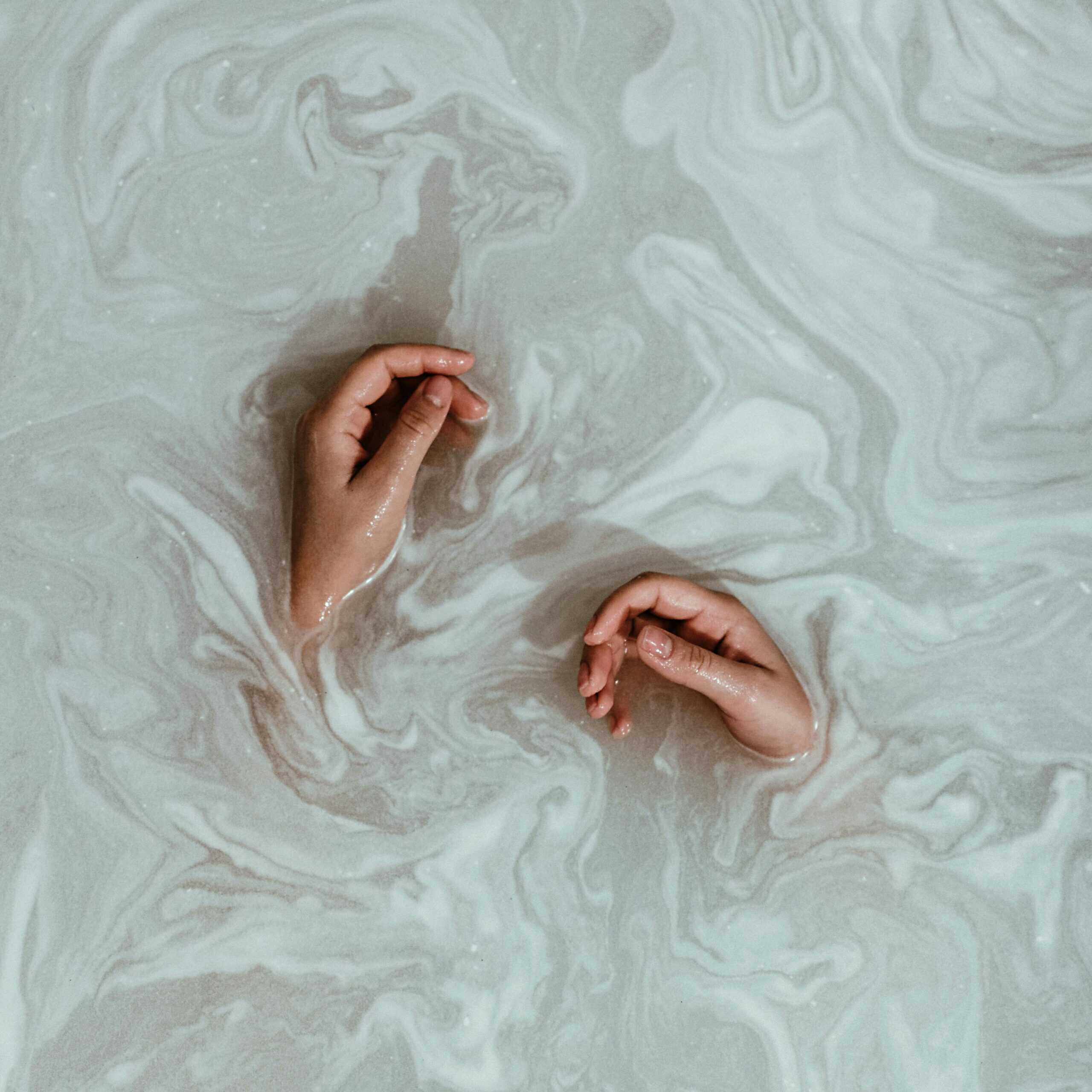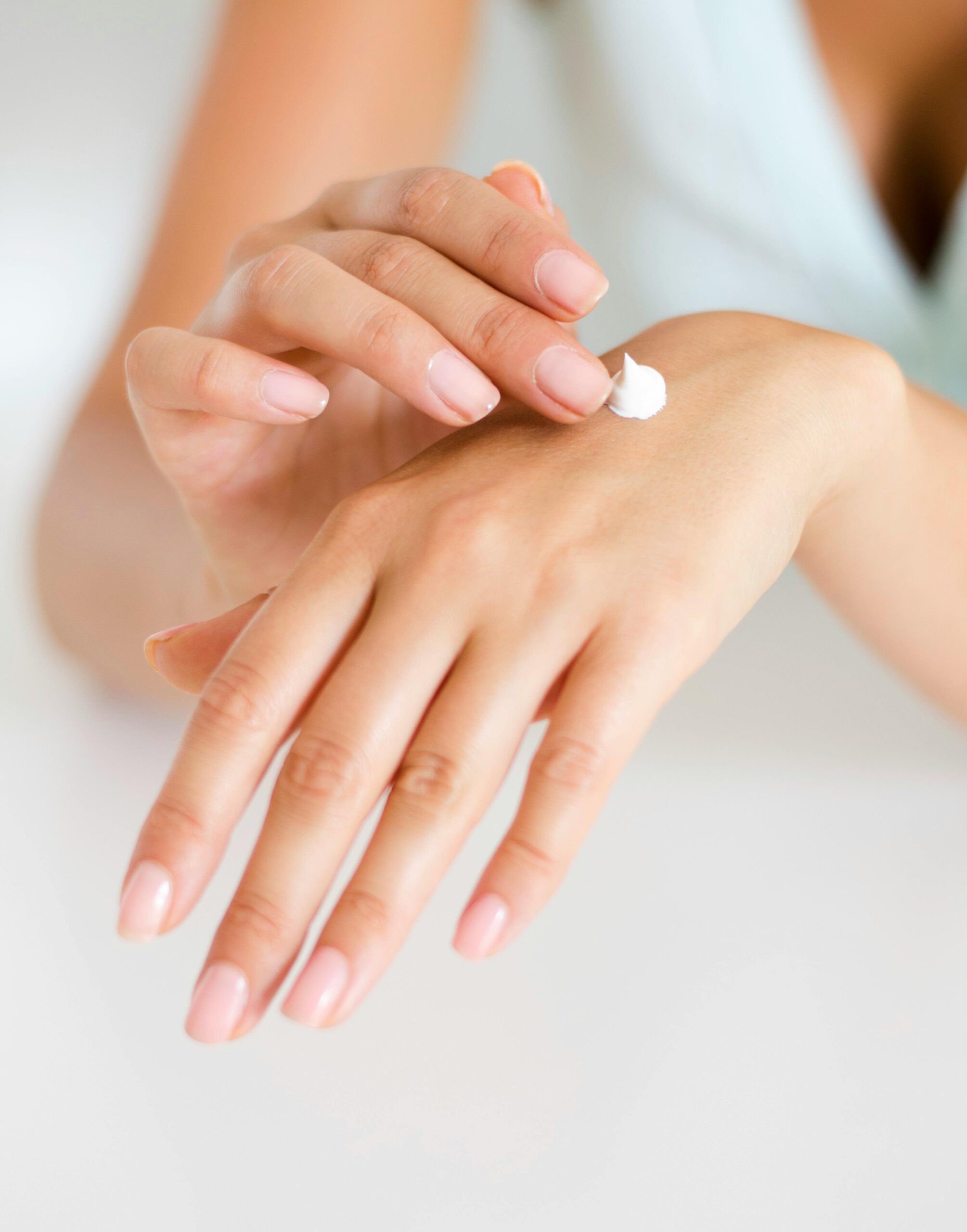Korean skincare trends are deeply intertwined with the country's unique beauty ideals, a blend of tradition, cultural influence, and modern innovation. Rooted in Confucian values and historical perceptions of beauty, features like fair skin, a small face, and a V-shaped jawline have long symbolized elegance and social status.
These standards, amplified by the global popularity of K-pop and Korean cinema, have shaped an entire industry that constantly creates new products to meet these ideals while very gradually embracing diversity.
This commitment to beauty is reflected in meticulous skincare routines that prioritize hydration, radiance, and natural enhancement, giving rise to the renowned multi-step regimens and dewy complexions, a goal that goes beyond products to embody a cultural expression of refinement and youthfulness.

Jump to:
📜 The Origin of Korean Beauty Standards
Standards for Korean beauty have a rich history and cultural significance, shaped by Confucian principles, traditional aesthetics, and rapid modernization. Fair skin has long been seen as a symbol of social status and purity, as those with lighter skin tended not to need to work for a living, though this was also influenced by Confucian ideals of modesty.
This preference has historically influenced beauty industry trends. Today, thanks to K-pop and Korean cinema, these beauty ideals have become globally recognized and even become the predominant standard over the last 5 to 10 years. Popular idols and actresses, known for their flawless skin and sharp features, have helped spread these standards worldwide.
Recently, there's been a noticeable shift toward embracing more diverse beauty standards, reflecting broader global discussions about inclusivity. K-beauty brands are starting to recognize a wider range of skin tones, body types, and individual goals in their products, though this has been slow to come to fruition.
However this change is crucial for redefining traditional beauty standards, pushing manufacturers to innovate and expand their offerings. The blend of tradition and modernity continues to define Korean beauty.
While rooted in historical customs, modern K-beauty integrates scientific advancements and innovative formulations to address various skin types and needs, as well as some overhyped individual ingredients. In general, this creates beauty ideals that stay relevant in our evolving world, making it important to understand this context when delving into the world of Korean beauty.

🤔 Beauty Standards: Korean Culture vs. Western Culture
When you explore the vibrant world of beauty standards around the globe, South Korea stands out as a major trendsetter. Its unique beauty ideals have not only garnered local fans but have also shaped views worldwide, differing quite a bit from what's typically seen in Western media.
South Korea's focus on a youthful look, dewy skin, and refined elegance comes from cultural and historical roots, contrasting sharply with the Western love for more voluptuous and bold features.
Western beauty standards are famous for their constant evolution, reflecting broader societal changes. In the past, icons like Audrey Hepburn, Marilyn Monroe, and Jackie Kennedy set the bar for elegance and grace.
The Kardashians have also had a big impact, bringing curvy figures, fuller lips, and dramatic enhancements into the spotlight. Influencers like Kylie Jenner have shown how strong their influence can be, with modern beauty often leaning towards slim waists and fuller features, frequently achieved through cosmetic tweaks.
If you're traveling to South Korea, you'll discover a different beauty scene that focuses on gentle beauty rituals, skincare habits, and natural enhancements with a slimmer figure and more subtle curves.

💆♀️ The Basic Korean Beauty Standards
Small Face
In South Korea, having a small face is a top beauty ideal, quite different from Western standards focused on distinct facial features. Here, a small face is all about harmony, balance, and a youthful, elegant vibe. It's believed that a smaller face highlights the eyes, making them pop and creating a lovely aesthetic.
V-shaped Face
In Korea, the V-shaped face—a symbol of a small, elegant facial structure—is a major beauty standard, making many Koreans known for subtle jawlines and pointed chins.
Many people opt for facial bone contouring surgeries to achieve this look, but there are also plenty of non-invasive options like chin straps, jawline sheet masks, and massaging rollers, though not all of these have the same effect.
Porcelain White Skin or Pale Skin
Porcelain white skin is a hallmark of Korean beauty standards, contrasting with Western preferences for more tanned looks. This beauty ideal is rooted in history, dating back to ancient Korea, where a fair complexion signaled nobility and separation from labor-intensive work under the hot sun.
Today, this preference is still strong, and as you wander through South Korea’s vibrant beauty districts, you’ll discover countless products and treatments designed to achieve that perfect pale complexion. From brightening solutions to elaborate skincare routines and hundreds of brands of sun cream, the quest for flawless skin remains a core part of Korean beauty.
Plump Lips
In the world of Korean beauty, lip trends have seen an exciting shift over time. Thin lips used to be in, but now everyone's loving plump, heart-shaped lips, or 하트 모양 입술 (hateu moyang ibsul). The goal is a fuller lower lip with a natural upward curve when you smile, often achieved with lip fillers or plumping lip glosses.
When you stroll through Seoul's buzzing cosmetic markets, you'll find a ton of products and treatments to get that perfect pout.
Straight Eyebrows
You can't miss the trend of straight eyebrows. Unlike the arched brows popular in the West, Korea loves softer, straighter brows for a youthful vibe. When in South Korea, you'll find tons of products and services to nail this look, from brow pencils to salon styling and semi-permanent makeup.
Eyes with Double Eyelids
Many Koreans, often born with single eyelids, aspire to have double eyelids, a coveted feature in Korean aesthetics. Some opt for double eyelid surgery, creating a crease for a more defined look.
In South Korea, you'll find plenty of clinics offering this procedure. It highlights the dedication to beauty standards here. If surgery isn't your thing, there are also non-invasive options like makeup techniques and adhesive strips to try out.

😮 The Impact of Korean Beauty Standards on Skincare Trends
As you can see, the Korean beauty industry is heavily focused on creating and maintaining a specific standard of beauty. This has had a significant impact on skincare trends as well, particularly the trend of Korean layering techniques and multiple steps.
In South Korea, it's not uncommon for individuals to have extensive daily skincare routines that involve multiple steps and products. These routines often include toners, essences, serums, moisturizers, and more.
Additionally, Korean skincare also heavily emphasizes hydration and achieving a "dewy" complexion. The country's humid climate and focus on youthful, glowing skin have led to the rise of popular products like sheet masks, hydrating essences, and facial mists.
Overall, the Korean beauty industry's emphasis on achieving specific beauty standards has greatly influenced skincare trends in South Korea and worldwide. Beauty enthusiasts and travelers alike can experience and learn about these trends by visiting beauty shops, makeup stores, and even attending skincare classes.
❓ Frequently Asked Questions
Korean culture strongly prioritizes having healthy and youthful skin, seeing it as a reflection of overall wellness and self-assurance. From a young age, skincare is ingrained in their daily routines, making it second nature for Koreans to apply sunscreen or use serums.
A crucial aspect of Korean skincare is double cleansing. While it's not essential for everyone, it's generally recommended for individuals who use makeup and sunscreen or have oily or acne-prone skin.
Achieving poreless skin is often attributed to comprehensive skincare routines and the use of naturally derived hydrating extracts found in many Korean skincare products.





Comments
No Comments